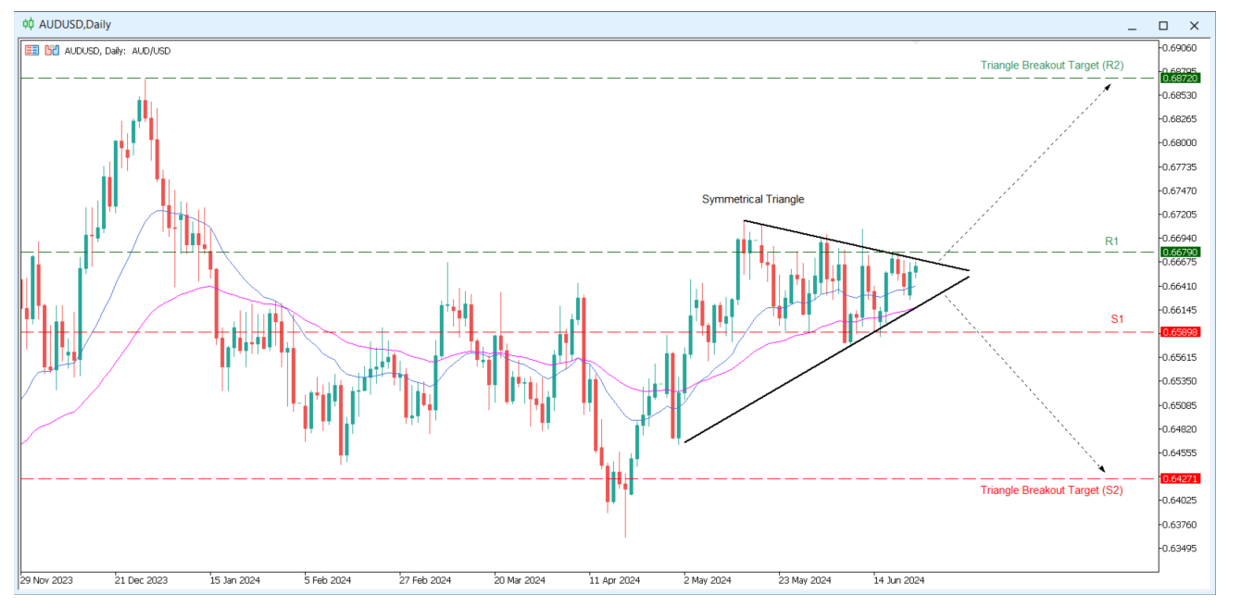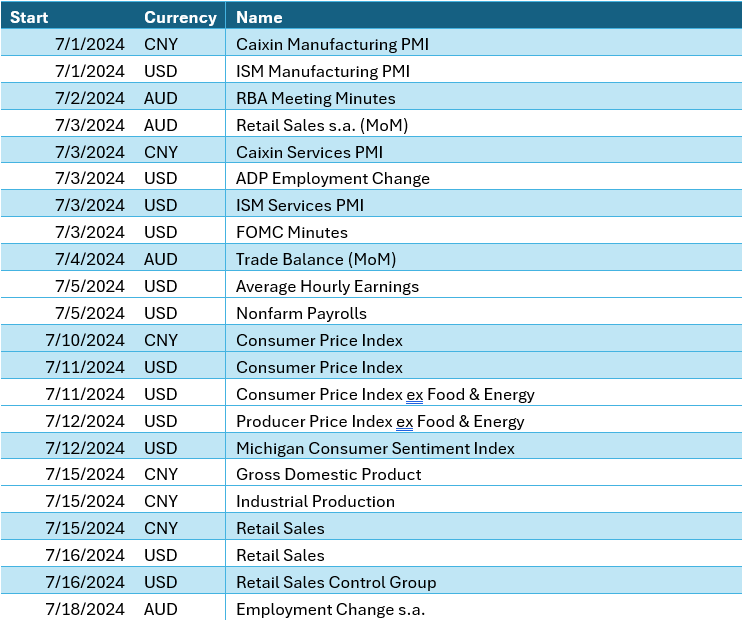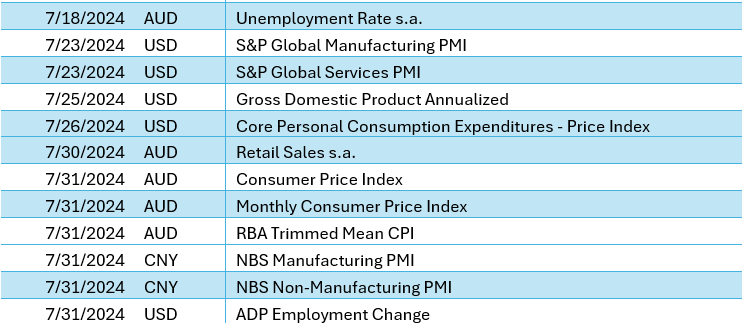Introduction to AUDUSD
The AUD/USD currency pair represents the value of the Australian dollar (AUD) relative to the US dollar (USD) and is one of the most actively traded pairs in the Forex market. The pair is significantly influenced by economic indicators from both Australia and the United States, including interest rate decisions, GDP growth, employment data, and trade balances. The Australian economy’s reliance on natural resources and commodity exports, especially iron ore, coal, and gold, makes the AUD/USD pair sensitive to commodity price fluctuations and demand from major trading partners like China. Additionally, the interest rate differential between the Reserve Bank of Australia (RBA) and the Federal Reserve (Fed) can impact the exchange rate, with higher interest rates in Australia typically strengthening the AUD. The pair is also influenced by risk sentiment, appreciating during times of global economic optimism and depreciating during periods of economic uncertainty. Trade relations between Australia and major partners, particularly the US and China, play a crucial role, and any changes in trade policies, tariffs, or geopolitical tensions can affect the AUD/USD pair.
The AUD/USD currency pair is known for its volatility, reacting to global economic events, commodity price changes, and geopolitical developments. It is most active during the overlapping trading hours of the Australian, Asian, and US sessions. The pair’s historical context includes significant fluctuations due to major economic events such as the Global Financial Crisis in 2008, changes in commodity prices, and differing monetary policies between the RBA and the Fed. Overall, the AUD/USD pair is dynamic and heavily monitored by traders and investors who consider various economic factors and global events to inform their trading strategies.
Technical outlook
After peaking around 0.8000 in February 2021, the AUDUSD has been on a massive downtrend to currently hovering around the 0.6650 region. The pair started the year at 0.68 where sellers dominated the markets, and eventually bottomed at 0.6360 on 19 April after which the AUDUSD posted a strong rebound to test the resistance zone of 0.6700. Throughout May and June, the AUDUSD consolidates in a narrowing range, forming a symmetrical triangle. The symmetrical triangle is typically a continuation pattern, however, as there isn’t a strong bullish trend preceding the pattern, there isn’t a clear directional bias. Despite the lack of clear direction, traders can await for the confirmation by a breakout in either direction. An upside breakout from the triangle would provide opportunity for traders to trade an uptrend towards a price target at 0.687, while a downside breakout would send the pair testing support around 0.6440.
Watch out for these high impact events in July that would drive volatility in AUDUSD:
Trade AUDUSD at Zero Spreads Zero Commission Forex on Phillip MetaTrader 5.












